Left Ventricular Assist Device (LVAD) Surgery Cost In India
Unlock Exclusive Discount : Your Gateway to Premium Healthcare with Medsurge India Health Value Card.

Unlock Exclusive Discount : Your Gateway to Premium Healthcare with Medsurge India Health Value Card.

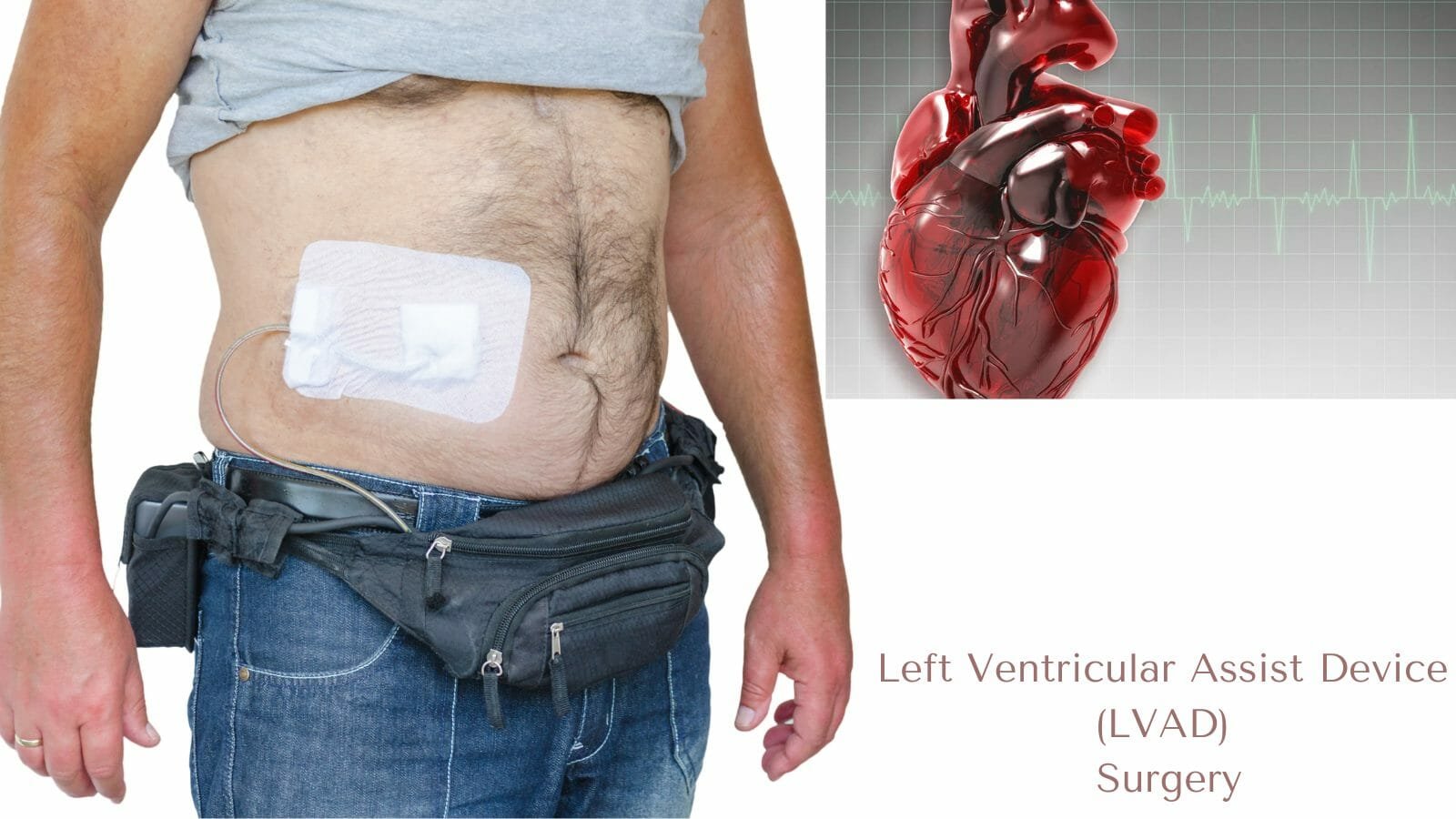
A left ventricular assist device (LVAD) is a small pump that helps restore normal blood flow in individuals with heart disease. It’s used to keep people alive with end-stage heart failure disease or as a bridge to a heart transplant. An LVAD surgery in India allows a person whose heart has been weakened by heart disease to regain normal blood flow.
An incision in the middle of the chest is made, followed by the separation of the chest bone and the opening of the rib cage to let the surgeon operate on the heart. The VAD is then implanted, and a cable connecting the pump to the control unit and battery pack outside your body is inserted through the skin. The right doctor to consult for Coronary Thrombectomy is a Cardiac Surgeon. The success rate ranges from 60 to 70%. The LVAD surgery cost in India is comparatively affordable as compared to other European countries.
A mechanical pump called a left ventricular assist device (LVAD) is placed in individuals with heart failure. It helps in the pumping of blood from your heart’s bottom-left chamber (left ventricle) to the aorta and the rest of your body. It’s called a Left Ventricular Assist Device for a reason.
This mechanical, battery-operated device is surgically placed right below the heart in a person’s chest. The LVAD does not replace the heart; instead, it assists a heart that is too weak to pump on its own in maintaining its pumping ability. By transporting blood to the rest of the body, the device assists the primary pumping chamber (left ventricle).
Patients with severe heart failure who do not respond to medicines or who are awaiting a heart transplant can benefit from the LVAD. Patients who receive an LVAD report decreased fatigue, increased strength, and improved breathing, as well as a longer survival rate.
The Left Ventricular Assist Device (LVAD) is a mechanical pump that is surgically implanted and attached to the heart. An LVAD is not the same as an artificial heart. An artificial heart totally replaces the failing heart, whereas an LVAD assists the heart in pumping more blood with less effort. This is done by continuously transferring blood from the left ventricle to the aorta, which then transports oxygen-rich blood throughout the body.
The device is implanted in the left ventricle (the heart’s main chamber) and is used to circulate oxygen-rich blood throughout the body. When the heart is too weak to operate normally, the mechanical pump is used in emergency situations.
Both internal and external components make up the LVAD. The actual pump rests on or near the left ventricle of your heart, with a tube connecting it to your aorta. A driveline is a cable that runs from the pump out through the skin and links it to a controller and power sources that are worn outside the body.
To keep the pump running properly, the driveline must be linked to the controller, and the controller must be connected to power at all times. Batteries or electricity are used to operate the pump. Each item comes with its own carrying case, allowing you to move around freely.
Based on your needs and medical condition, the doctor will recommend the best option for you. There are several different LVADs available in the market, all of which are portable, each system generally has four main parts:
The average Left Ventricular Assist Device (LVAD) Surgery Cost in India starts from USD 50,000. Left Ventricular Assist Device (LVAD) in India is comparatively low as compared with other countries even though India is one of the best medical tourism countries in the world. In terms of quality and standard, the level of medical care and services is comparable to that of the best hospitals in the world. Even after accounting for travel, hotel, and food expenses.
| Cities | Starting Price |
| Delhi | USD 54,000 |
| Gurgaon | USD 55,000 |
| Noida | USD 53,000 |
| Mumbai | USD 60,000 |
| Hyderabad | USD 52,000 |
| Chennai | USD 56,000 |
| Kolkata | USD 52,000 |
| Bangalore | USD 55,000 |
Note: Please be aware that the costs listed above are only an indication of what the treatment will cost initially and may change depending on a number of variables.
The standard and excellence of medical treatment and amenities are comparable to those of the most prominent healthcare facilities in the world, even after deducting the cost of lodging, meals, and transportation. Following here are some variables that can affect Left Ventricular Assist Device (LVAD) Surgery Cost in India:
Under the direction of the most skilled physicians, Medsurge India provides the most economical Left Ventricular Assist Device (LVAD) Surgery Cost in India for patients.
For some individuals with end-stage heart failure, LVAD surgery in India is a viable therapy option. If you’re considering an LVAD, you’ll need to be evaluated to see if it’s the correct treatment option for you.
For certain patients, an LVAD is not the best therapy option. If you have clotting difficulties, kidney failure, liver disease, lung disease, or infections, you might not be a good candidate for an LVAD.
To determine if you are a candidate, you must have a thorough examination by a team of cardiac surgeons. This team also cares for you after you get your LVAD in the hospital as well as after you leave the hospital for follow-up appointments.
Several tests and a review by the Heart Failure Committee are part of your medical examination.
Your surgeon or your heart failure cardiologist may prescribe these tests. Some of these tests may have been done before and will only be done again if they have not been done recently (within the last 6 to 12 months, depending on the type of test).
Left Ventricular Assist Device (LVAD) surgery in India requires open cardiac surgery to be implanted. You will be asleep the entire time because the surgery is performed under general anesthesia. The operation takes 4-6 hours to complete.
To reach your heart and attach the LVAD, the surgeon will make an incision below your chest and open your chest bone (sternum). Doctors may choose to create an incision on the left side of your chest depending on your situation (Thoracotomy).
A heart-lung bypass machine may be used during the procedure to distribute oxygen-rich blood throughout your body. During the surgery, a breathing machine (ventilator) will take over your breathing. After the LVAD is installed, the incision will be closed.
Because each patient's rehabilitation is unique, the duration you will spend in the hospital is determined by your specific needs. The average hospital stay following LVAD surgery in India is 14-21 days.
This implanted device alleviates symptoms such as persistent exhaustion, and shortness of breath, and improves survival and quality of life.
The LVAD procedure, like any other surgical procedure, comes with risks and complications. Your doctor will go over the exact risks and benefits of having an LVAD implanted with you. Bleeding, the development of blood clots, heart failure, respiratory failure, kidney failure, stroke, infection, and device failure are all possible risks.
When you visit with your doctor, be sure you understand why LVAD is recommended and the dangers associated with the procedure. Following the implantation operation, you and your caretakers will get LVAD training, including detailed instructions to ensure the safe and proper use of the LVAD. You'll learn how to use the device and how to deal with potential emergency situations. Your LVAD staff will assist you in understanding:
You must demonstrate your knowledge of the device before being discharged from the hospital, and your care team may administer a test. Physical and occupational therapists will work with you to increase your strength in order to help you establish independence with self-care activities. Additionally, now that you have an LVAD, you should visit a nutritionist to discuss a "heart-healthy" diet.
The goal is to get you home as quickly as possible, although most patients stay in the hospital for 14 to 21 days on average. The time of your discharge will be determined by your physical recovery, medical condition, and familiarity with LVAD care. Some patients are admitted to an intermediate care facility or a rehabilitation center until they are ready to go home.
After receiving an LVAD, recovering and resuming normal daily activities is a gradual process. You will be able to conduct most activities after having an LVAD. You can shower, bicycle, hike, and even return to work, in some cases. You can also travel with minor modifications.
Patients who use an LVAD are unable to swim or bath, participate in contact sports, lift heavy weights, or be away from an electrical power supply.
It's critical to live a healthy lifestyle both before and after receiving your LVAD, which includes:
When you get an LVAD or become a caregiver for someone who has one, it's not unusual to feel anxious or depressed. Reach out to your treatment team, family, and friends if you're particularly anxious or upset. You could also wish to talk to a professional counselor or join an LVAD support group.
A: The implantation of an LVAD requires open-heart surgery, which typically takes 4 to 6 hours. The LVAD is implanted within the body, in the upper abdomen (just below the heart), with the driveline connected to the pump.
A: The implantation of an LVAD necessitates extensive surgery and a two-week stay in the hospital. Bleeding, blood clots, stroke, and infection are some of the dangers associated with the surgery.
A: After the LVAD device is placed, patients normally stay in the hospital for two to three weeks before continuing their recovery at home for many weeks. People will be able to resume practically all of their routine activities, including employment, in the end.
A: A pacemaker and an LVAD serve different purposes. While an LVAD aids in the efficient pumping of blood, a pacemaker aids in the correction of an irregular or slow heartbeat. A pacemaker does not assist with pumping; rather, it generates electrical stimulation that regulates the heartbeat.
A: Place the complete LVAD carrier in the bag, including the controller and batteries. Make sure your driveline is facing the side of the shower bag with the zipper stopper, not the zipper side. Close the outer layer by pinching the toggle and tightening the drawstring.

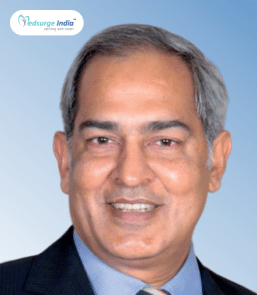


Senior Consultant
25 years of experience
Max Super Speciality Hospital, Patparganj
View Doctor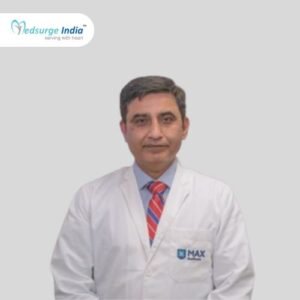


Director
20 years of experience
Max Super Speciality Hospital, Patparganj
View Doctor

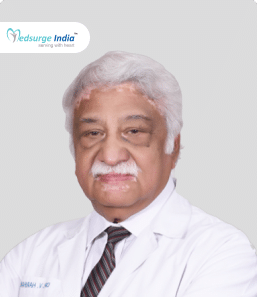
Senior Consultant
34+ Years of Experience
Indraprastha Apollo Hospital
View Doctor
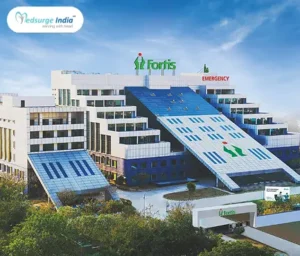

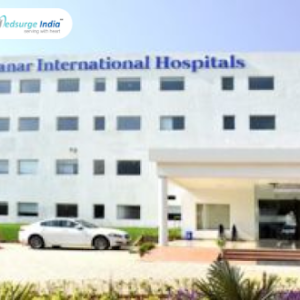
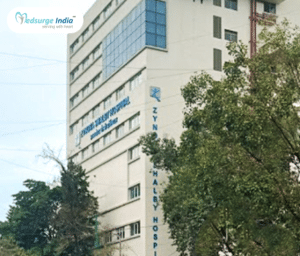


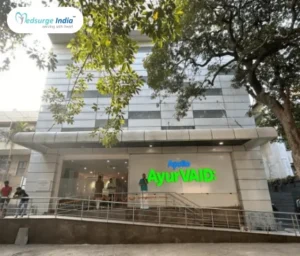

By using our site, you agree to our Terms and Conditions, Privacy Policy and Refund Policy. Medsurgeindia does not provide medical advice, diagnosis, or treatment. The information provided on this site is designed to support, not replace, the relationship that exists between a patient/site visitor and his/her existing physician. We also Accept International Payments.

Copyright © 2025 NSM ONLINE SOLUTIONS PRIVATE LIMITED. All rights reserved.